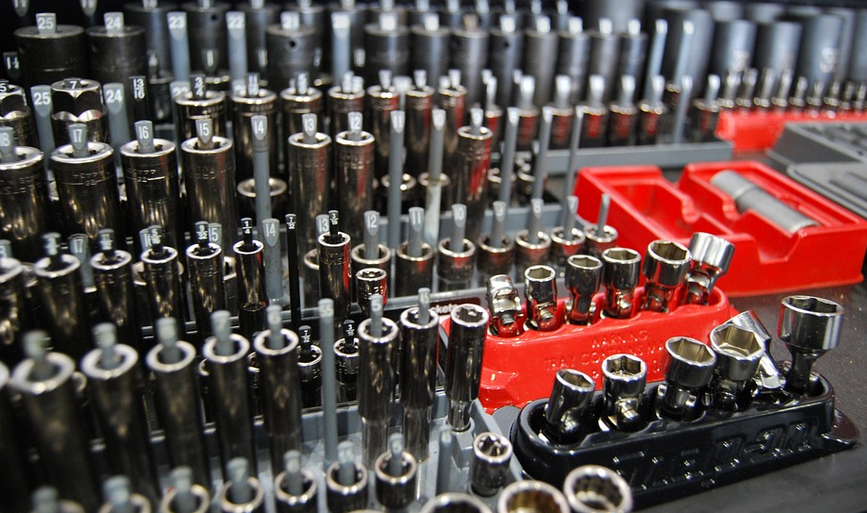
Laser Cutter Vs Cnc Router: A Comparison Guide
What’s the difference?
So you’re interested in getting into woodworking or crafting, and maybe you’re wondering if a laser cutter or a CNC router might be right for you. These two tools often get thrown around in the same conversation, but what are their differences, exactly?
To understand, let’s break it down: Imagine taking a sheet of paper and using a sharp tool to either cut out specific shapes or even precisely etch designs on it – that’s essentially what laser cutters do. They use focused beams of light to carefully remove material from your chosen surface, leaving behind precise cuts and intricate patterns.
Now picture a robot arm equipped with various tools, moving along a pre-programmed path on your design – this is the essence of CNC routers. These machines are powered by computer software that instructs them to follow specific instructions for cutting materials like wood or plastics.
Here’s where things get interesting: while both tools rely on precision and accuracy, they use different methods to achieve it.
Laser Cutters: Precision Beams of Light
Laser cutters work by using a focused beam of light (often a laser that emits red or green light) to precisely cut through materials. These beams are incredibly precise; the slightest variation in the path can create unwanted gaps, jagged edges, and even burn marks on your material.
There are two main types of laser cutters:
- Fiber Lasers: Offer high accuracy, precision, and speed because they use a fiber optic cable to transmit the laser light. Fiber lasers also have a longer lifespan compared to other laser types. They’re perfect for intricate cuts on soft materials like wood or acrylic.
- Diode Lasers: Have lower power than fiber lasers but are more affordable and compact, making them ideal for smaller projects.
Laser cutters excel at producing high-quality cuts on a variety of materials, including soft metals, leather, wood, plastic, and even fabric. They’re commonly used in crafts, jewelry making, signage, and product design.
CNC Routers: Computer-Driven Precision
CNC routers are more versatile than laser cutters because they can not only cut shapes but also carve intricate designs into materials. These machines utilize computer-controlled tools that follow pre-programmed paths to perform their operations. This precision is what makes them perfect for shaping and sculpting various materials, be it wood, plastic, or even metal.
Think of a CNC router as a high-tech carpenter’s workbench: you provide the design on your computer, and the machine follows those instructions with remarkable accuracy to create the desired shape.
CNC routers offer several advantages over laser cutters:
- Flexibility: They can handle a wider variety of materials and shapes than laser cutters.
- Versatility: Can be used for both cutting and carving tasks, making them highly adaptable for various projects.
- Multi-material capability: Can cut through wood, plastics, metals, and even composite materials.
Which Tool is Right for You?
The decision between a laser cutter and a CNC router depends heavily on your individual needs and project requirements.
Consider these factors to help you decide:
- Project complexity: For intricate designs or detailed shapes, especially those requiring precise cuts, a CNC router might be the better choice. The high-speed machining capabilities of the CNC router make it ideal for larger projects or intricate carvings.
- Budget: Initial costs can vary significantly between laser cutters and CNC routers. Laser cutters are generally less expensive than their CNC counterparts.
- Material type: If you’re working with soft materials like wood, leather, or acrylic, a laser cutter is your best bet due to its precision in cutting these materials. CNC routers offer more versatility for harder materials like metals and plastics.
Final Thoughts
Laser cutters and CNC routers are both powerful tools that can bring your crafting ideas into reality. The choice between them depends on the specific project you’re working on, what material you want to work with, and your budget.
No matter which tool you choose, remember that investing in quality ensures a smoother and more productive experience. Don’t be afraid to explore both options and find the one that best fits your needs.
Happy crafting!